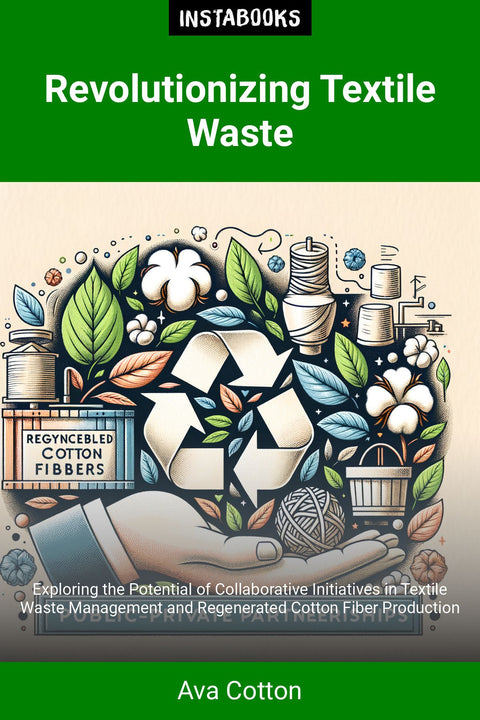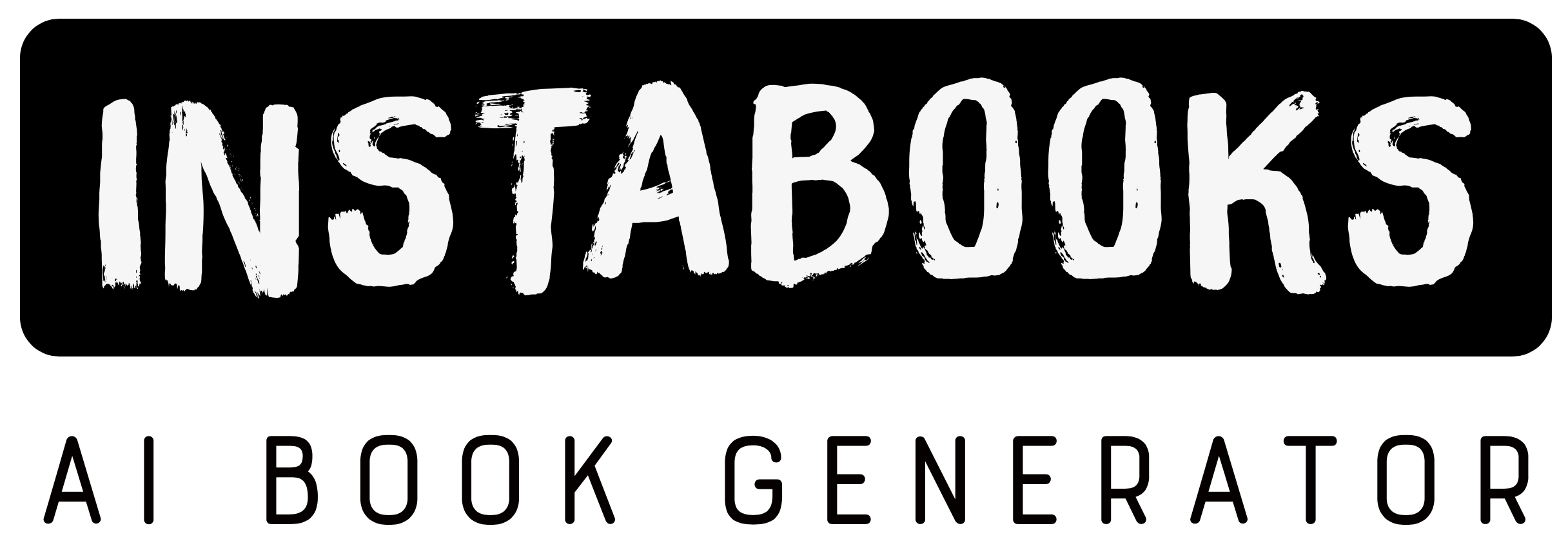
Ava Cotton (AI Author)
Revolutionizing Textile Waste
Premium AI Book (PDF/ePub) - 200+ pages
Introduction to Public-Private Partnerships in Textile Waste Management
Public-private partnerships (PPPs) have emerged as a promising solution for addressing the growing concern of textile waste management. By combining the financial strength and technological capabilities of the private sector with the regulatory power and public interest goals of the government, PPPs can create more effective and innovative solutions for textile waste management.
Potential Benefits of PPPs
PPPs can efficiently use financial, technological, and human resources, leading to a larger impact on the sector. The private sector can drive innovation in recycling technologies, transforming textile waste into useful materials. Governmental participation ensures that initiatives are sustainable and economically viable over the long term through supportive policies and regulations.
Challenges and Implementation
Successful collaborations require clear objectives, defined responsibilities, and proper monitoring and enforcement systems to ensure agreed standards are maintained. Lack of transparency and limited communication between participants can hinder the achievement of sustainability goals.
Regenerated Cotton Fibers: A Sustainable Solution
Regenerated cotton fibers are obtained through the recycling of old cotton textiles or industrial scraps. This process involves collecting and sorting materials, cleaning them, and then carding, spinning, and weaving them into new fibers. The recycled cotton can be mixed with other natural or synthetic fibers to enhance its durability and quality.
Environmental Benefits
Regenerated cotton reduces the environmental impact associated with producing new fibers by saving water, energy, and reducing textile waste emissions. It also preserves natural resources by minimizing the need for intensive cotton cultivation and the use of harmful pesticides and fertilizers.
Applications and Advantages
Regenerated cotton maintains the desired characteristics of traditional cotton while offering a more sustainable option. It is versatile and can be used to create a variety of products, including clothing and textiles. The use of regenerated cotton contributes to reducing landfill waste and supports sustainable fashion practices.
Case Studies
A partnership in Kenya has successfully recycled 100,000 kilograms of fashion waste using a revolutionary chemical recycling technology developed by PurFi. This technology reduces water usage by 99%, greenhouse gas emissions by up to 90%, and energy consumption by 90% compared to traditional methods. The partnership trains local women in waste sorting and processing, providing them with decent and safe jobs while contributing to Kenya's Big Four Agenda.
Table of Contents
1. Introduction to Public-Private Partnerships in Textile Waste Management- Combining Resources
- Potential Benefits
- Challenges and Implementation
2. Regenerated Cotton Fibers: A Sustainable Solution
- Production Process
- Environmental Benefits
- Applications and Advantages
3. Case Studies
- Kenya's Textile Waste Recycling
- Global Initiatives
- Best Practices
4. The Role of Government in PPPs
- Policy Influence
- Regulatory Frameworks
- Incentives and Support
5. The Private Sector's Contribution to PPPs
- Technological Innovation
- Financial Investment
- Expertise and Capacity Building
6. Overcoming Challenges in PPPs
- Clear Objectives and Defined Responsibilities
- Proper Monitoring and Enforcement
- Transparency and Communication
7. The Future of Textile Waste Management
- Emerging Trends and Technologies
- Global Cooperation and Knowledge Sharing
- Sustainable Development Goals
8. Conclusion
- Summary of Key Points
- Recommendations for Future Research
- Final Thoughts
9. Appendix
- Glossary of Terms
- References
- Index
10. Bibliography
- Books
- Articles
- Websites
11. Index
- Subject Index
- Author Index
- Keyword Index
12. About the Author
- Biography
- Contact Information
- Other Works
Target Audience
This book is written for professionals and individuals interested in sustainable fashion, textile waste management, and public-private partnerships.
Key Takeaways
- Public-private partnerships can effectively address textile waste challenges and promote the production of regenerated cotton fibers.
- Regenerated cotton fibers offer a sustainable solution for reducing environmental impact and preserving natural resources.
- Successful collaborations require clear objectives, defined responsibilities, and proper monitoring and enforcement systems.
- The private sector can drive innovation in recycling technologies, while governmental participation ensures sustainability and economic viability.
How This Book Was Generated
This book is the result of our advanced AI text generator, meticulously crafted to deliver not just information but meaningful insights. By leveraging our AI book generator, cutting-edge models, and real-time research, we ensure each page reflects the most current and reliable knowledge. Our AI processes vast data with unmatched precision, producing over 200 pages of coherent, authoritative content. This isn’t just a collection of facts—it’s a thoughtfully crafted narrative, shaped by our technology, that engages the mind and resonates with the reader, offering a deep, trustworthy exploration of the subject.
Satisfaction Guaranteed: Try It Risk-Free
We invite you to try it out for yourself, backed by our no-questions-asked money-back guarantee. If you're not completely satisfied, we'll refund your purchase—no strings attached.
